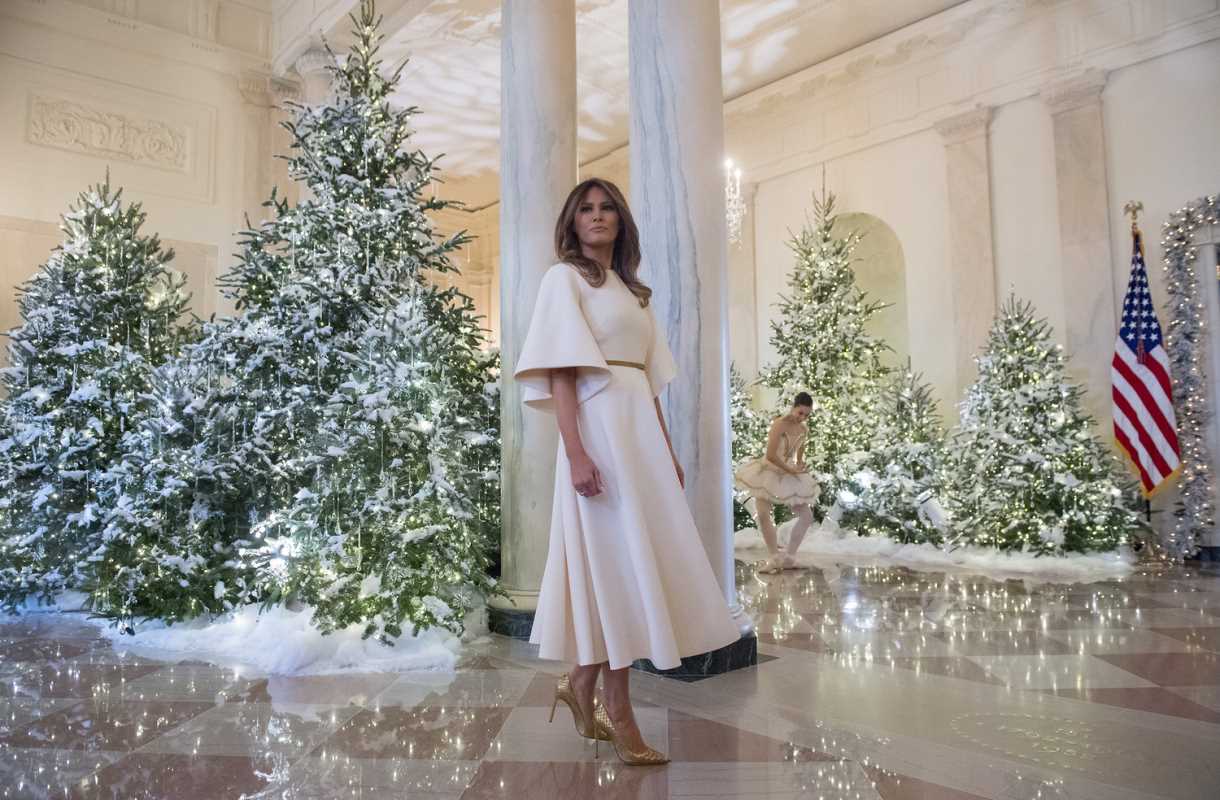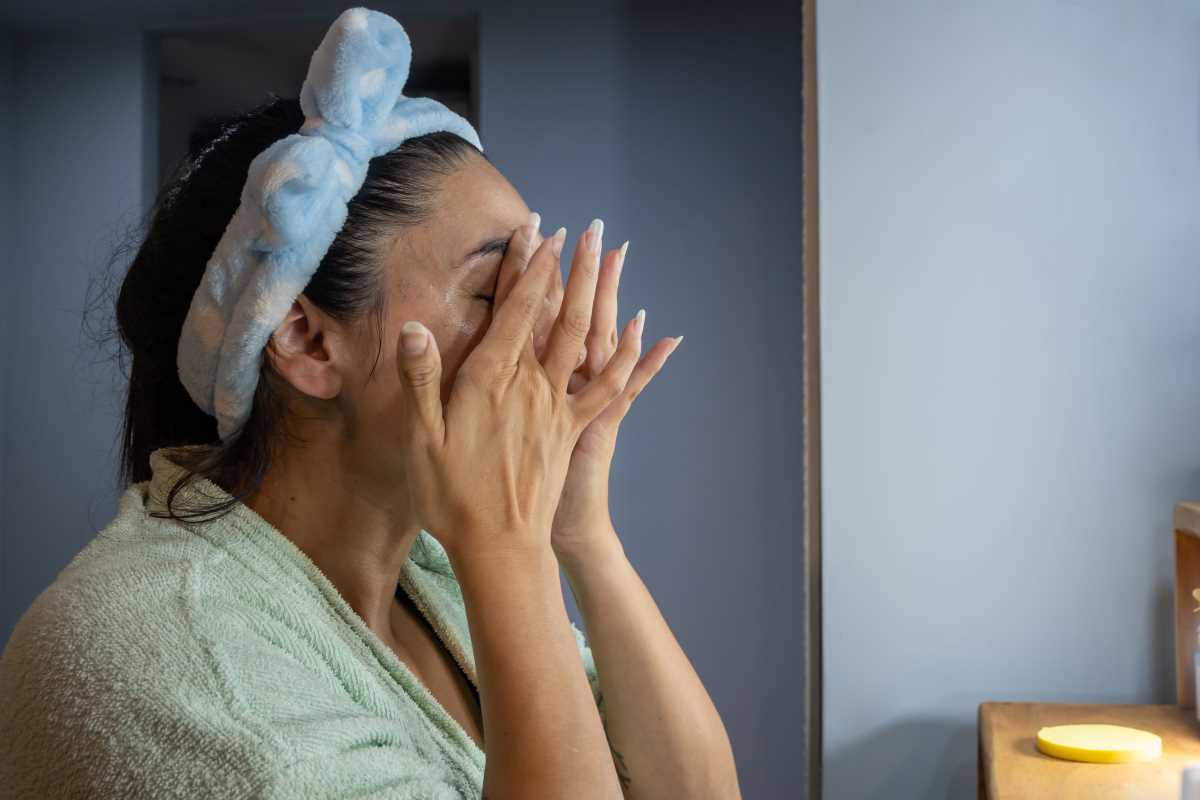Throughout American history, the First Ladies have not only influenced political and social spheres but have also left a significant mark on the fashion industry. With their unique style, each First Lady brought her own flavor and flair to the role, often under the scrutinizing eye of the public. This list celebrates some of the most fashionable First Ladies who have graced the White House, showcasing their legacy of elegance, class, and sometimes bold fashion choices that resonated well beyond their time in office.
Jacqueline Kennedy: Setting a Timeless Trend
Jacqueline Kennedy is often revered as the pinnacle of First Lady fashion. Known for her impeccable taste, Jackie brought a sense of sophisticated style to the White House during her early 1960s tenure. Her signature pillbox hats and tailored suits became iconic, influencing women's fashion not only in the U.S. but around the world.
Her partnership with designer Oleg Cassini resulted in a wardrobe that perfectly blended American simplicity with European elegance, creating a timeless look that remains influential in fashion circles today. Jackie's understanding of the power of her public appearance made her a style legend, forever remembered for her chic, polished ensembles.
Michelle Obama: Modern Elegance and Accessibility
Michelle Obama is celebrated for her approachable and contemporary fashion sense. Throughout her time in the White House, she gracefully balanced high-end designer pieces with more accessible brands, making her style relatable to the average American. Michelle was known for mixing colors and patterns and wasn't afraid to wear items multiple times, reinforcing her practical yet chic aesthetic.
Her support of young and diverse designers also brought fresh perspectives to the forefront of the fashion industry, highlighting her influence in promoting fashion as a form of expression and cultural dialogue. Michelle’s style was not just admired but also emulated, proving that her fashion choices were both influential and inspiring.
Lady Bird Johnson: Champion of American Designers
Lady Bird Johnson, serving as First Lady from 1963 to 1969, used her public platform to champion American designers. Amidst a time when French couture was highly prevalent, she deliberately chose to wear outfits created by American designers, thus promoting the domestic fashion industry.
Her style was characterized by bright, bold colors and floral patterns that matched her warm, inviting personality. Lady Bird’s commitment to American designers not only boosted their careers but subtly reflected her broader efforts in beautifying America, aligning her sartorial choices with her public initiatives.
Nancy Reagan: Glamour in the White House
Nancy Reagan brought Hollywood glamour to Washington, D.C., with her elegant and sometimes opulent fashion choices. Known for her love of red—a color that became known as "Reagan Red"—she favored well-tailored gowns and suits that emphasized her petite frame and charismatic presence.
Her preference for luxury labels such as Oscar de la Renta and her frequent appearance in custom-made outfits underscored her glamorous image. Nancy's style was admired and criticized, but it undeniably helped restore a sense of majesty and formality to the aesthetics of the White House during the 1980s.
Betty Ford: The Practical Fashionista
Betty Ford was known for her practical and accessible style, which mirrored her straightforward and candid demeanor. As First Lady during the mid-1970s, she often chose comfortable, no-nonsense attire that could easily transition from official events to more casual settings.
Her approachability in fashion choices resonated well with the American public during economic challenges. Betty Ford’s style might not have been the most flamboyant, but her ability to keep it real and functional left a lasting impression that fashion does not always have to be lavish to be respected.
Rosalynn Carter: Relatability and Repetition
Rosalynn Carter famously wore the same gown to her husband's gubernatorial inauguration and then again to his presidential inauguration, making a powerful statement about practicality and frugality. Her style was unpretentious and relatable, often choosing to wear simple, comfortable clothing that aligned with her personal values of humility and practicality.
Her approach to fashion was particularly poignant during a time when America was dealing with significant economic and social upheavals. Rosalynn's consistency in style and preference for recycling her wardrobe choices emphasized her down-to-earth approach to both her role and her personal life.
These First Ladies used fashion to express their personalities and influence cultural norms, illustrating that style in the White House can be both a personal statement and a public phenomenon. Their legacy of elegance continues to inspire not only future First Ladies but also women everywhere, proving that fashion can be a powerful tool for cultural expression.
(Image via SAUL LOEB / Contributor / AFP / Getty Images)







